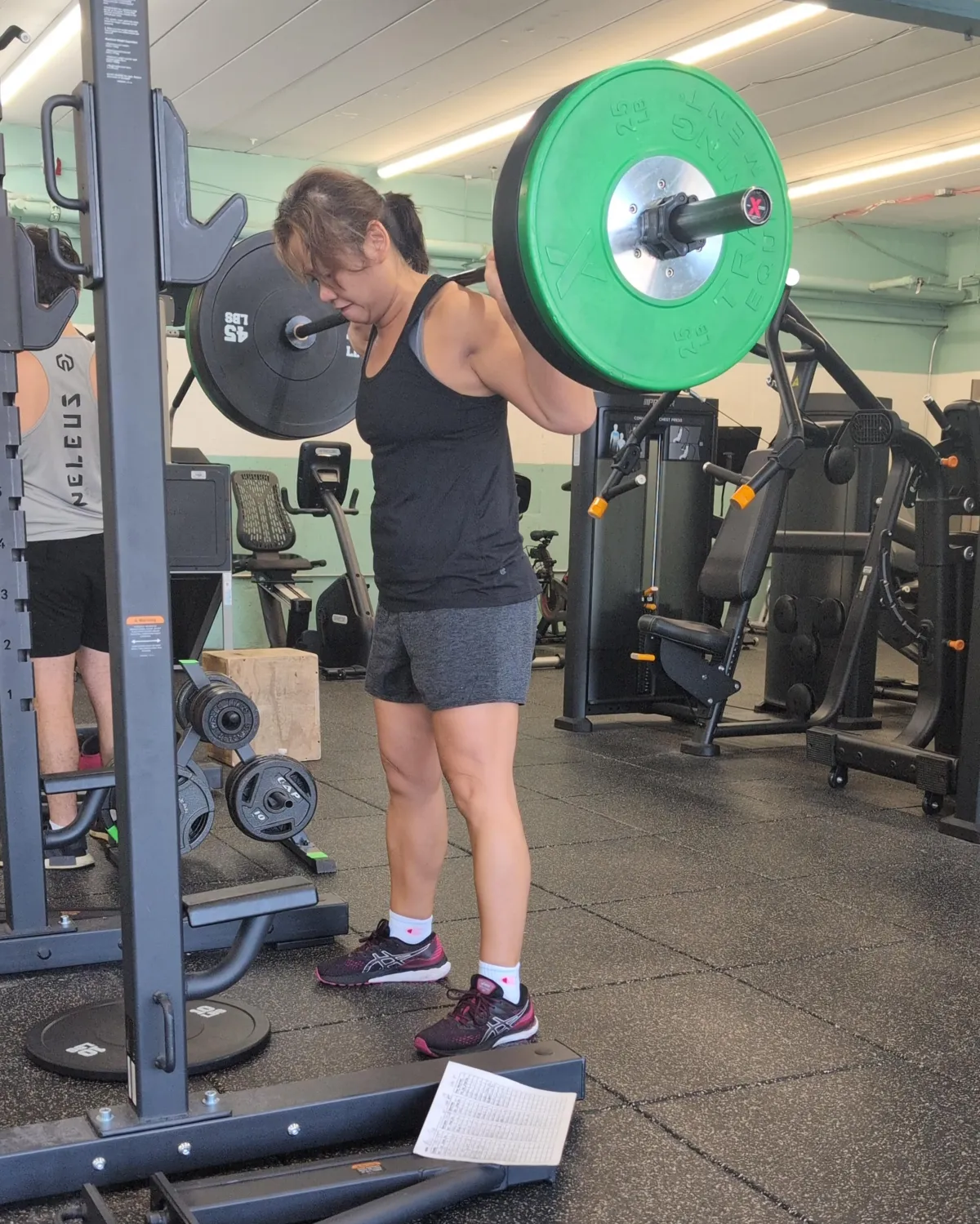

How age is stealing your muscle (and how you can fight back)
By Ken Berger
Remember when you could run up the stairs two at a time? Easily lift your suitcase into the overhead bin? Or go for a hike in the woods with your friends or family?
If these tasks now seem more challenging, you're not alone. There's a silent thief at work, and it’s stealing your muscle … and your strength.
The good news is, there’s something you can do to stop it … and it doesn’t matter how young or old you are.
But first, let’s break down the problem. What happens to lean muscle mass as we age?
Your muscle mass peaks around age 25. From there, it's a slow decline. But after 75, that decline turns into a freefall … and lean mass drops like a stone.
Why should you care?

Because preserving muscle isn't just about looking good in your bathing suit. It's about maintaining your independence, preventing falls and staying healthy as you age so you can continue to do all the things you enjoy without limitation … until you die.
But here's the good news: you can fight back. The antidote to the inevitable loss of muscle and function is strength training … and literally EVERYONE should be doing it.
“I don’t think you can overstate the importance of strength training,” longevity expert Dr. Peter Attia said on a recent episode of his podcast, “The Drive.”
“I just don’t think there’s anybody out there who shouldn’t be lifting weights,” he said. “I can’t think of a case. I mean, unless you’re decidedly saying, ‘I don’t want to live the longest, healthiest life I can … if that’s the case, then by all means, don’t lift weights.”
My takeaway: Yes, it's never too late to start … but don’t wait.
Let's dive into what happens to your muscles as you age, and what you can do about it.
How to win the muscle-loss game
Research shows a clear trend. From birth to 25, your lean mass (mostly muscle) increases. From 25 to 75, it slowly decreases. After 75, it falls off a cliff.
This pattern holds true for both men and women.
But here's something interesting: physical activity levels follow a similar trend. They peak in our late teens or early 20s, stay relatively stable until 75, then drop like a stone.
Which is the chicken and which is the egg?
Science and intuition tell us the answer is both.
As we lose muscle, we become less active. As we become less active, we lose more muscle. It's a vicious cycle.
But it doesn't have to be this way.
The Truth About Aging and Muscle Loss
Here's something you need to know: that smooth decline in muscle mass you see in population graphs? It's not the whole story.
For individuals, it's more like a series of sharp drops.
Why? Because as we age, even minor setbacks can become permanent.
Take a fall, for example. If you're over 65 and break your hip or femur in a fall, your risk of dying within a year jumps to 15-30%. And of those who survive, half never regain their previous level of function.
That's scary stuff.
How do you avoid becoming another statistic? Here’s a list of steps you can take to fight off Father Time:
1. Resistance training: This is non-negotiable. Lift weights or use resistance bands at least twice a week. Start light and gradually increase.

2. Protein intake: Your body needs protein to build and maintain muscle. Aim for about .36 times bodyweight in grams of protein daily … and increase that number after 50.
3. Stay active: Regular physical activity helps maintain muscle mass. Walk, swim, dance - find something you enjoy and do it often.
4. Mind your nutrition: Ensure you're getting enough vitamins D and B12, which play roles in muscle function.
5. Get enough sleep: Good sleep helps with muscle recovery and growth.
Remember, it's never too late to start. In this study, men from age 60-73 experienced a 27% increase in type II muscle fibers (the ones responsible for generating power, i.e., preventing falls when we misstep) after only 13 weeks of strength training.
What if you’ve got an injury? You still need to lift weights … safely, and in a way that allows you to derive the benefits of getting stronger and living longer, while working around the pain.
“If you’re in the camp that says, ‘I want to maximize how well I can live and maybe even how long I can live,’ then you have to be lifting weight,” Attia said. “Regardless of age, regardless of sex, regardless of injury … You have to work around all of those things.”
The Big Picture
Maintaining your muscle mass isn't just about staying strong. It's about maintaining your quality of life.
Maintaining muscle strength and function means better balance, and reduces your risk of falls. It helps control blood sugar, lowering your risk of type 2 diabetes. It even boosts your metabolism, making it easier to maintain a healthy weight.
In short, your muscles are your most important biomarkers when it comes to healthy aging.
The more muscle mass you have, the longer you will have an opportunity to live.
Period.
Your Next Step
So where do you go from here?
If you’ve never lifted weights before – or stopped for a long time – start with bodyweight exercises. Focus on functional movements like walking, step-back lunging, bodyweight squats and modified push-ups. Two times a week for 30 minutes is a great starting point.
Before you advance to longer or more complex workouts, increase your frequency first. In other words, increase to three bodyweight workouts a week of 30 minutes each. After that, increase the length of the workouts to 45 minutes. Only then should you increase the intensity and complexity of the exercises.
Of course, consult with an educated trainer who can help you make the most of your commitment to using exercise – particularly strength training – as your fountain of youth.
And never forget that youthful vision of you bounding up the stairs, lifting your suitcase overhead and hiking in nature with friends or family.
If you want to do all of these things – and anything else you enjoy – for as long as possible, the time to start training for the game of life is NOW.
--
If you would like to get stronger and live longer, you should check out my new "Project 100" program. It's the science-backed blueprint to the exercise and nutrition practices we need to be following to live a life that's as long and active as possible. If you'd like the details, email me at ken@maxvelocityfitness.com.




